March 4th, 2021: They set a Banksy on fire.
Injective Protocol, a blockchain company, bought an authentic physical Banksy artwork (titled “Morons” originally created in 2006) from a New York gallery only to burn it later via a LiveStream on their Twitter channel BurntBanksy. After the burn (quite literally), they minted the original NFT and listed it for an auction on their OpenSea page for an approximate bid of ~229ETH (approximately 1,96,000/- INR).
This stunt was an expression of art in itself. It also summarized the advent of “digital art” into the mainstream world. By minting an NFT of the original piece, they introduced the physical artwork to the Blockchain technology – and by burning it they turned it into a timeless classic, ensuring the owner gets due credit and a percentage of profit each time it was put up for a bid.
Above: A photo of Banksy’s artwork titled ‘morons’ on display at Sothebys.
Below: Screenshot of Banksy’s original artwork being burnt during a livestream.
Dawn of the Crypto Art – The Good, Bad and the Weird.
Simply put, Crypto Art is a digital piece of art registered on the blockchain technology as an NFT, which is limited and exclusive. These pieces of art can be in the form of digital paintings, 3D renders, generative designs or pixel art. Your original photographs, memes, tweets and ermm…even selfies, can make for CryptoArt.
If you don’t believe me, check out this 22-year-old Indonesian boy, Sultan Gustaf Al Ghozali, who took daily selfies for four consecutive years and listed them on OpenSea. His selfies made him a millionaire overnight.
Above: selfies of Sultan Gustaf Al Ghozali
From selfies, to sketches that border on the absurd. Closer home, Digital Pratik, a gentleman from Gujarat, claims to have kickstarted India’s first-ever community-driven NFT project – JorrParivar. The NFTs listed on his OpenSea page are mostly childlike crayon sketches of animals and birds with project titles like, ‘Opportunistic Cobra’, ‘Authentic Content Sher’ and ‘Kindness Khiladi’. His version of Crypto Art has fetched him a total traded volume of ~ 25.4ETH till date.
In fact, there’s no scarcity of the absurd in the world of NFTs. Ether Rocks, launched in 2017, is an NFT collection of 100 rocks which are basically free clip art images uploaded on the Blockchain. The highest selling rock was sold for ~ $3.8mn.
Now, one may argue whether this even counts as art. But at the other end of the spectrum are those who argue that just like cryptocurrencies are democratizing the financial world, NFTs are offering people a platform for self-expression, and more importantly, a potential buyer.
Joseph Kosuth, a New York-based art curator said in an interview, “The purpose of art cannot be confined to aestheticism. It is the edification of an idea that is abstract.” This quote aptly describes the difference between traditional art structures and new-age trends. The onset of technology, with a large helping of pop culture, has presented the emerging art movement with a buffet of opportunities
State of the NFT art union – Global and India
One of the earliest NFT projects launched by Larva Labs in 2017, ‘Crypto Punks’ have now attained something of an elite status in the NFT universe. A crypto punk owner today uses his/her token as their pseudo identity on the internet, almost signaling a whale-like status to the rest of the community. Take for example a Crypto owner, richard.eth who refused to sell his punk to a bid worth ~$10M. He stated the money wasn’t worth his identity. You may not have heard of Richard, but the Crypto Punk owner list consists of names such as Jay Z, Snoop Dog, Serena Williams, Jimmy Fallon, Logan Paul, and the likes.
From a deeper technology point of view, Fidenza – a generative art project started by Tyler Hobbs in 2014, is an algorithm that helps the user create an image. It is one of the hottest NFT projects today as it turns “writing code” into an art form. There are only close to 1000 such pieces minted with a valuation of ~42.2ETH.
Exploring the opportunity of the much-talked-about Metaverse is a project named Decentraland – a 3D virtual platform where users can purchase virtual plots of land in the form of NFTs and build whatever they want on it. This unlocks the future potential of digital real estate that can be owned by an individual and used by several entities at a premium.
India is not far behind. WazirX – one of India’s early crypto trading platforms – was quick to create an NFT marketplace like OpenSea and Foundation, wherein they invited artists and buyers alike to create, sell and/or collect NFTs secured with blockchain technology. In August 2021, Sneha Chakraborty and KIAN Gallery presented Embers — India’s first-of-itskind art exhibition which was later showcased exclusively on WazirX as NFTs.
John Elliot of The Wire recently reported the launch of NFT projects by two relatively small South Asian art and collectibles auction houses – Prinseps of Mumbai and Dubai-based Artiana. While Prinseps has auctioned Gobardhan Ash’s work from the 1940s, Artiana has collaborated with Sakti Burman. Ash’s work is said to resemble that of the Crypto Punk aesthetic. One can only hope it gets as many eyeballs.
To think of it, we shall come full circle once an artwork of Tyler is burned and minted as an NFT. Let’s bid on that.
To be continued.
Artwork by Tyler
Text by Vivek Bhatia
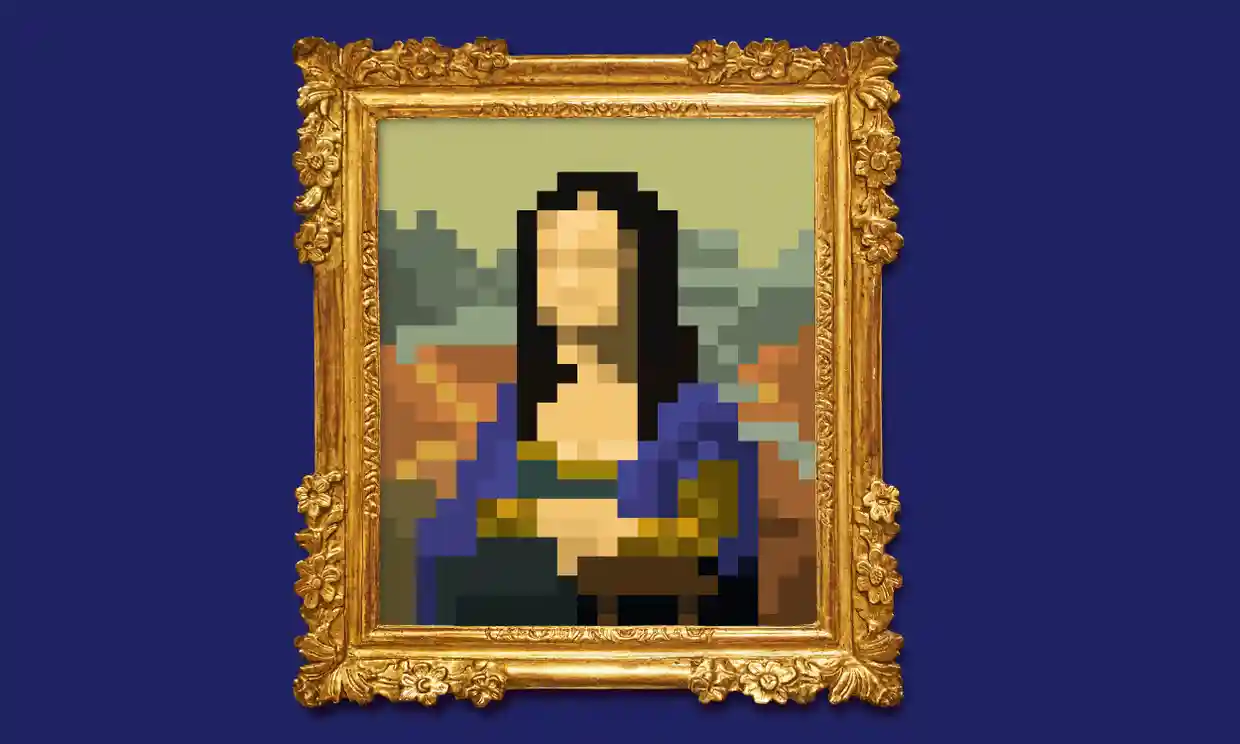

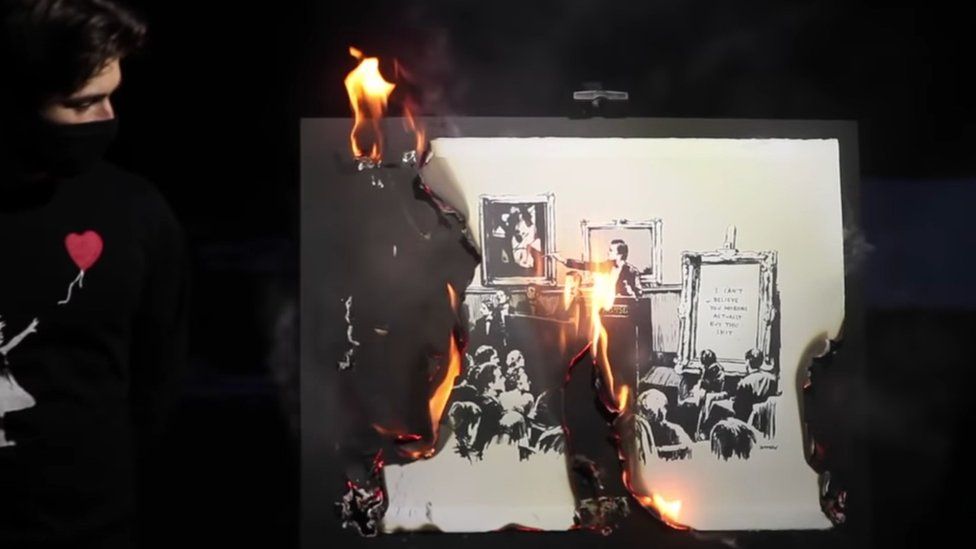
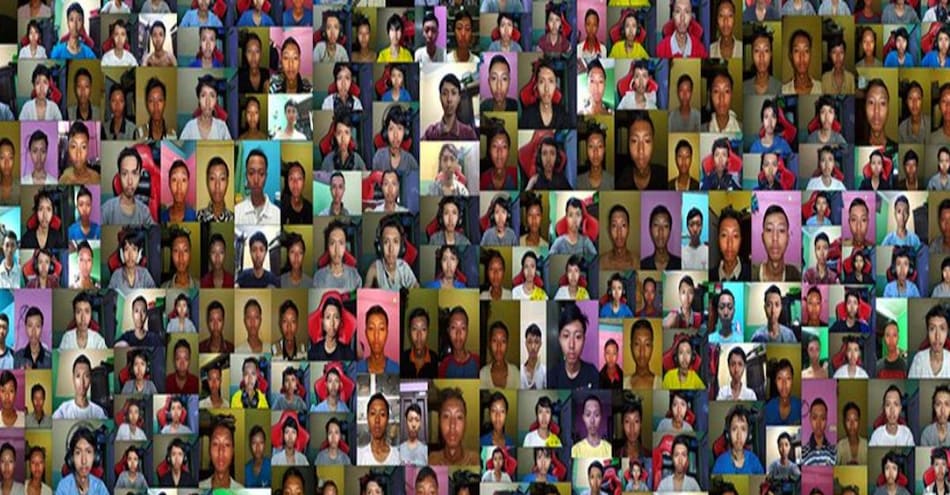
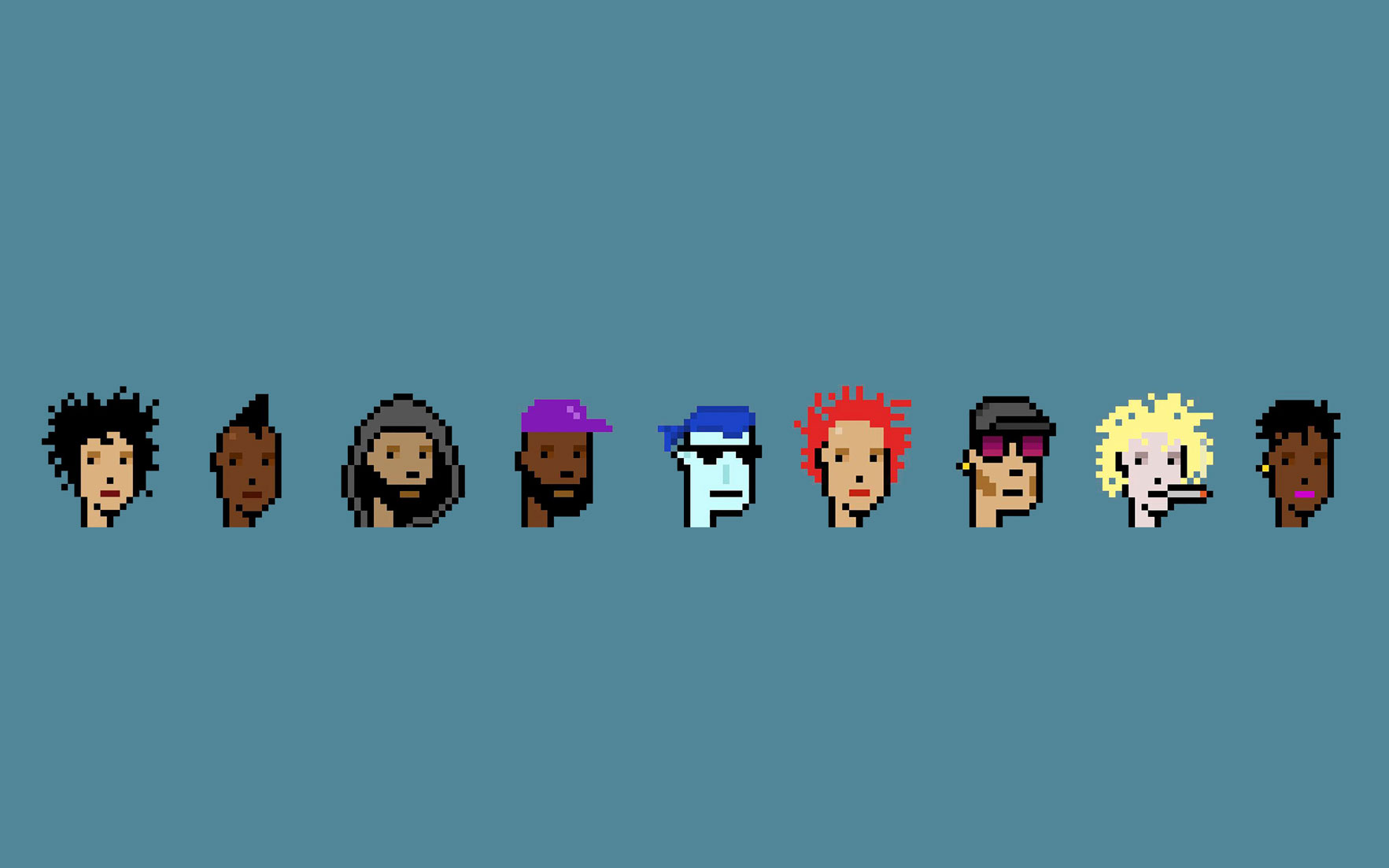
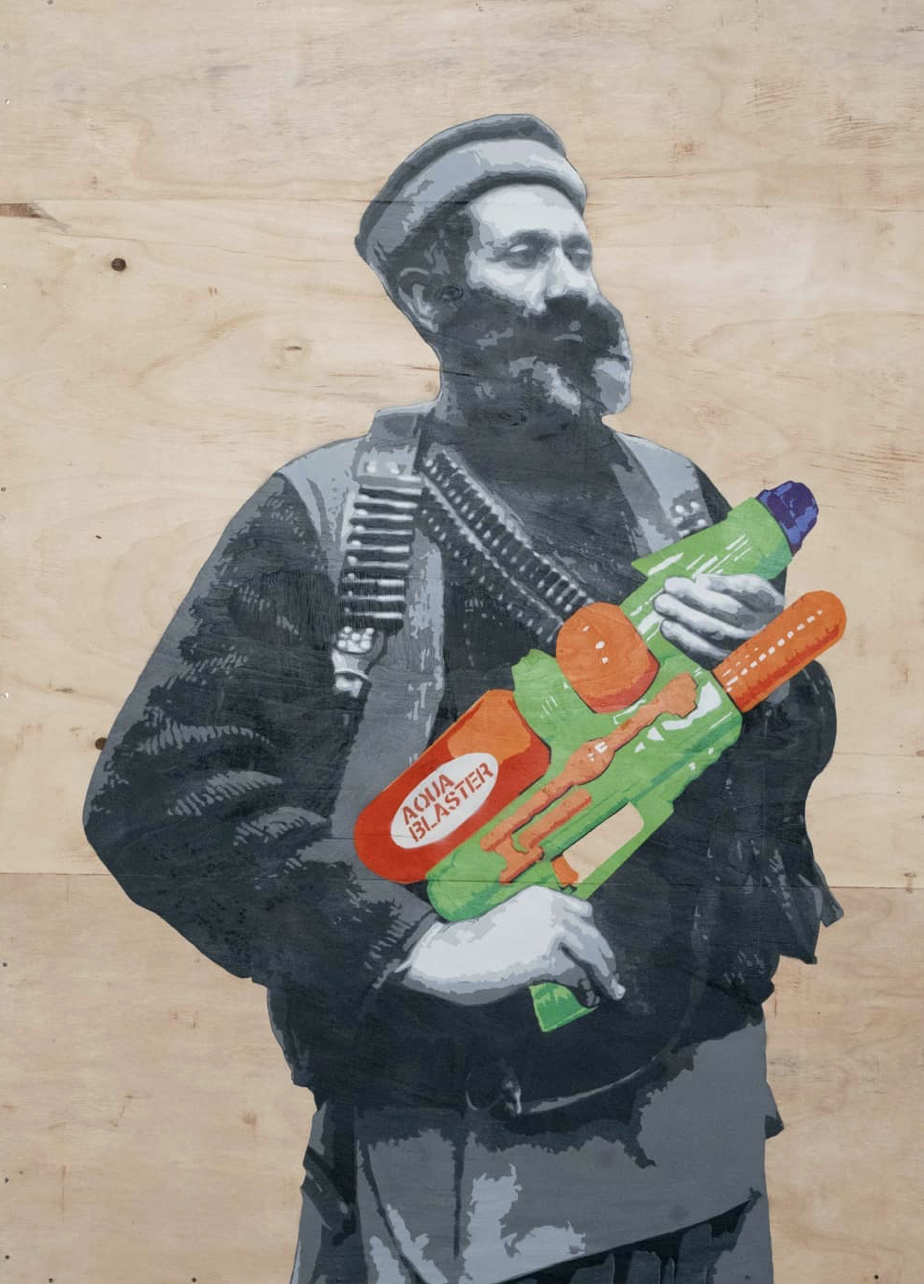

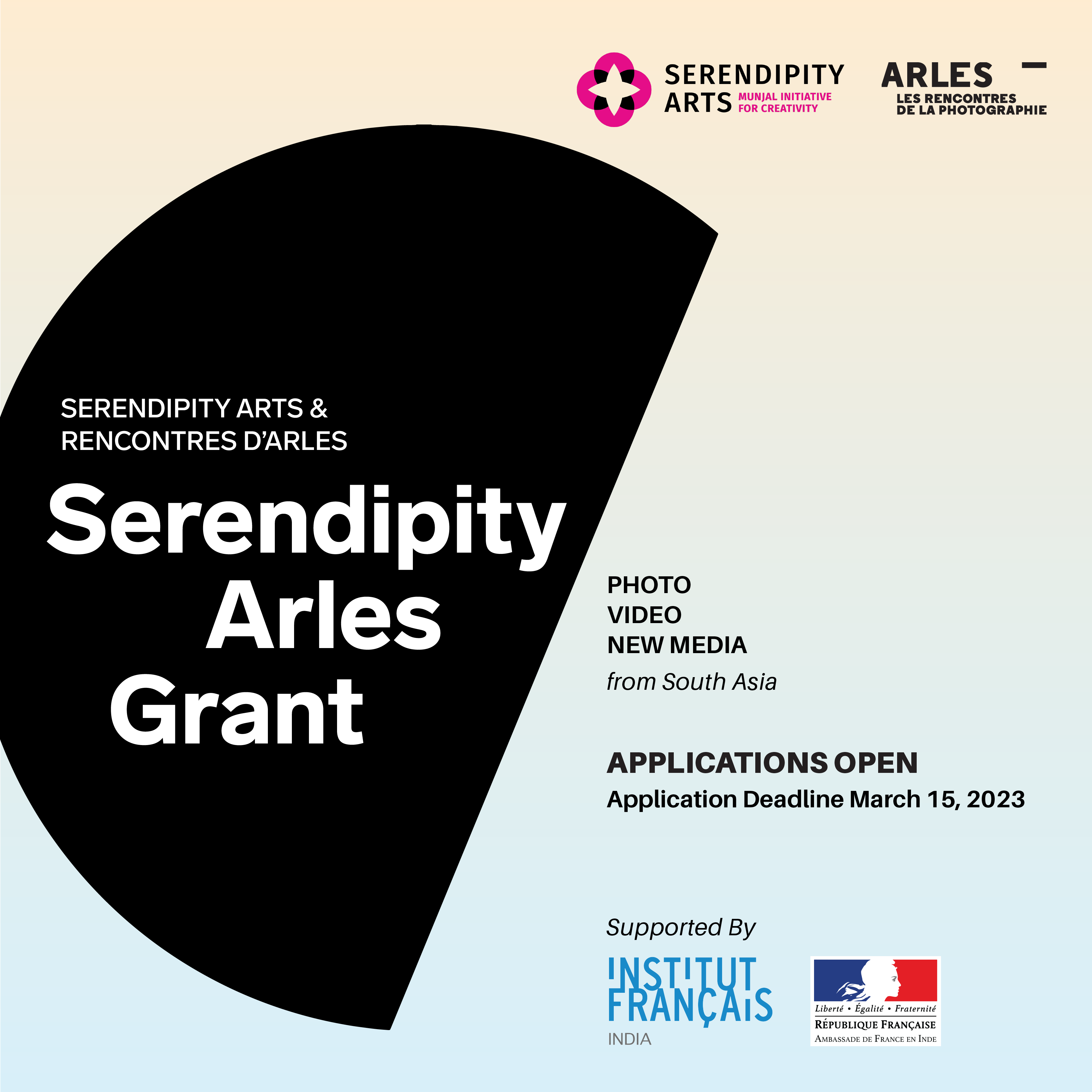


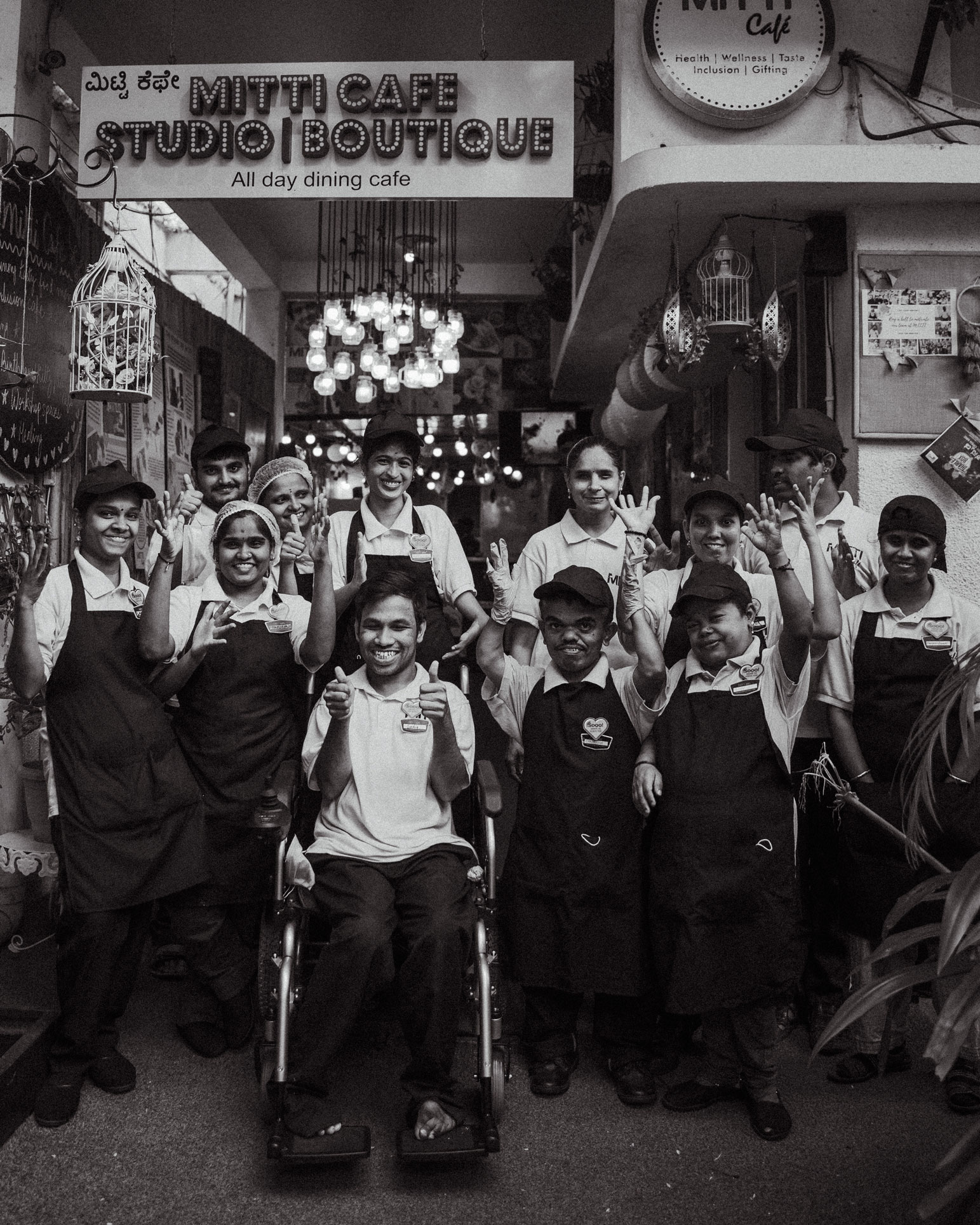
Thanks for your blog, nice to read. Do not stop.